You may think running drills are only for training montages in sport movies or for Olympic athletes competing with the world’s best. I always assumed drills mattered for short distances, where form meant fractions of seconds. But what about for long distances? Do they make a difference in an average runner’s marathon? Are running drills just for professionals?
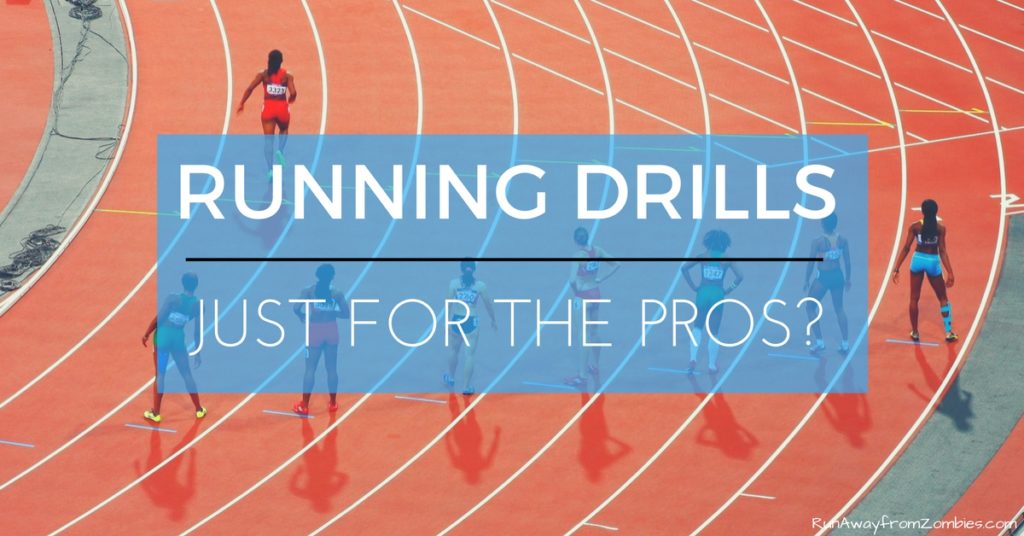
Running Drills: How to Get Started
Running drills for mortals
I became intrigued by running drills after reading the free chapter sample from Meb for Mortals: How to Run, Think, and Eat like a Champion (aff link) by Meb Keflezighi with Scott Wilson. Meb won the Boston Marathon in 2014 and qualified for the 2016 Olympic marathon team at the age of 41 years old.
Meb believes in all the little things — tweaks in form, running drills, stretching — and cites them as the key reasons he is still in the sport and winning big races.
What really blew me away was this statement: he said that if you don’t have time do drills, you should cut one of your runs short and do drills. He thinks they are that important.
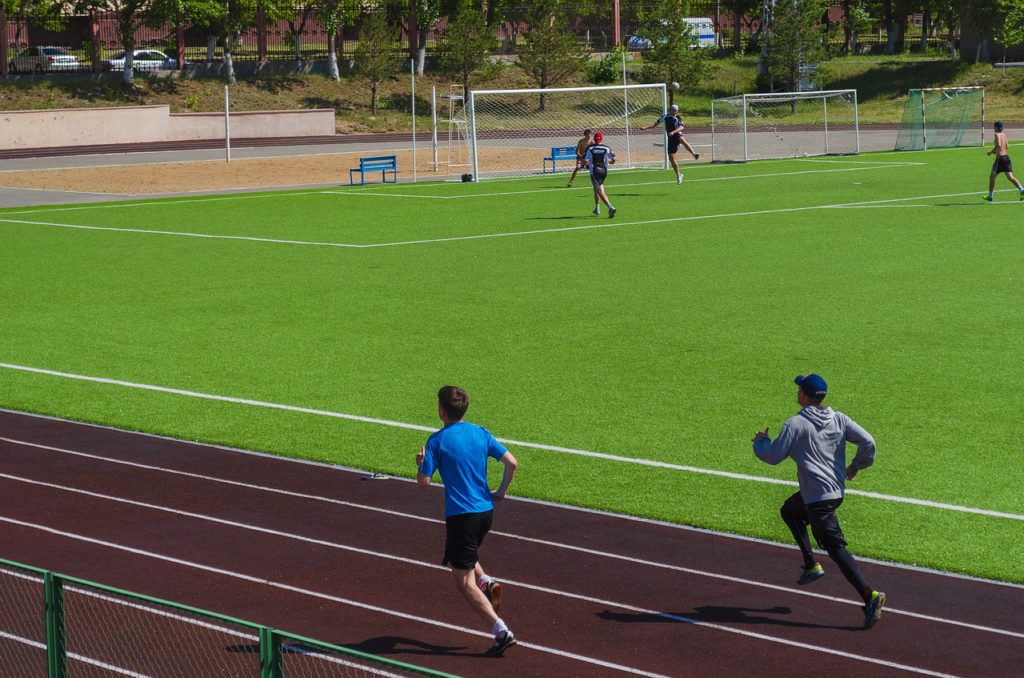
Why are running drills that important?
- Strengthens running muscles and joints
- Improves your range of motion and agility
- Exaggerates good running form to make good running form easier
- Improves communication between your nervous system and muscles and awareness of where your muscles are in space (proprioception)
It seems drills would benefit all runners, not just the pros.
If pros do running drills and running drills can help the average runner, I began thinking that maybe they were something I needed to incorporate into my routine (especially if I was going to reach the next level). Unfortunately, despite having illustrations in Meb’s book, I still didn’t really understand.
To YouTube I went!
StrengthRunning.com did this great video on 7 running drills that improve speed and form efficiency. Here is their accompanying blog post.
Man, I was going to look pretty silly out there.
Do Olympic athletes fear looking silly in their training? No, but they may fear looking silly if they haven’t done the prep work for their sport.
While the video helped more the pictures, I still have trouble translating the visual input into my own body’s movement. But like running, practice and feedback helps. It was time to try it out.
How I started with running drills
Looking up all the drills was information overload and taxing to my memory.
I picked 3 that looked easy for me and built from there. A-skips, B-skips, and Carioca (remembering Carioca drills from youth basketball camp) made it on my list. A 4th drill was in the back of my mind, if I got out there and couldn’t do one of them.
I paired 2 neighborhood blocks in my cool-down walk with my running drills. If I’m not coming back from my longest run of the week and I see those blocks, I remember that it’s drill time.
While I felt self-conscious, I remembered that I also felt self-conscious when I began running too. In the past, I told myself that running would be good for my life, so I kept at it. I told myself this time that drills would be good for my running.
After a week, I began feeling more comfortable doing them. Although the people in those blocks probably wonder why I always skip by their house. Now, I’m starting to swap out the drills to try new things.
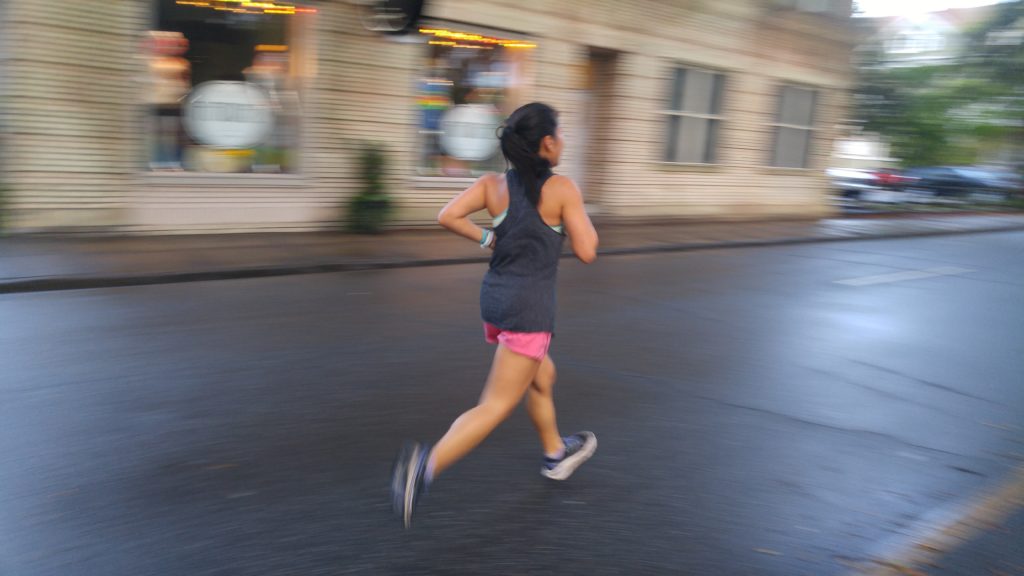
Am I a better runner?
Not yet.
Doing these drills have made me more aware of my form. My knees don’t come up high enough in the front, nor my feet behind me.
Trying these drills and doing more research on running form and foot injuries has sparked a lot of interest. I am even considering spending time away from the marathon next year to experiment, improve my form, cure my ailments, and stop just making-do.
Running Drills: How to Get Started
- Don’t try to remember all the drills! Pick 3 easy ones. When you’re ready, pick others that you think would be beneficial for your goals.
- Remind yourself to do the drills by pairing it with another activity or condition with an “If… then” statement. If it’s a 2 mile run, then I will do drills at the end. If it’s a Wednesday, I will do drills. Or, if I’m passing that weird-looking tree, I will start my drills. Etc.
- If you feel self-conscious, pick a quieter area to do your drills. You could do them next to an athletic field so you “look the part”. Or, pick a spot mid-run in a more secluded area of your route. Just like with running, I became less self-conscious about it as I pushed forward.
- When should you do drills? Since drills require a large range of motion, you should do them after your warm-up. Jason Fitzgerald recommends doing them before the meat of your workout. Meb Keflezighi performs drills at the end of all of his runs.
Further reading:
- Please check out StrengthRunning’s post on the 7 running drills featured in the video. Jason Fitzgerald graciously created that video and provided it to us runners.
- Runner’s World also provides video by Meb Keflezighi for the running drills described in his book Meb for Mortals (aff link).
- 10 Things to Do After Your Run
Share on social media!

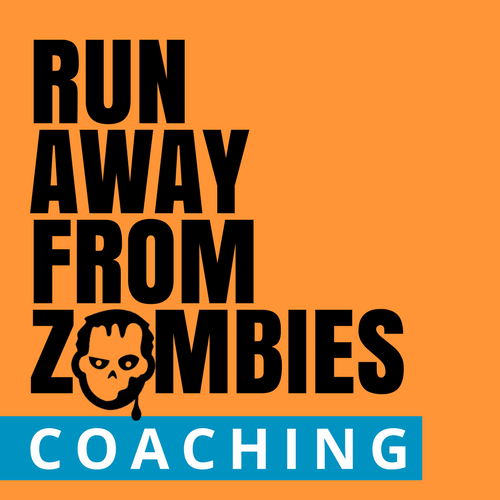

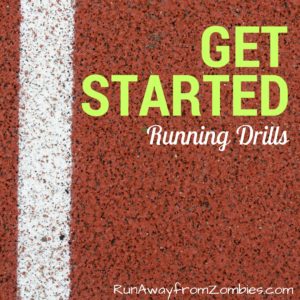
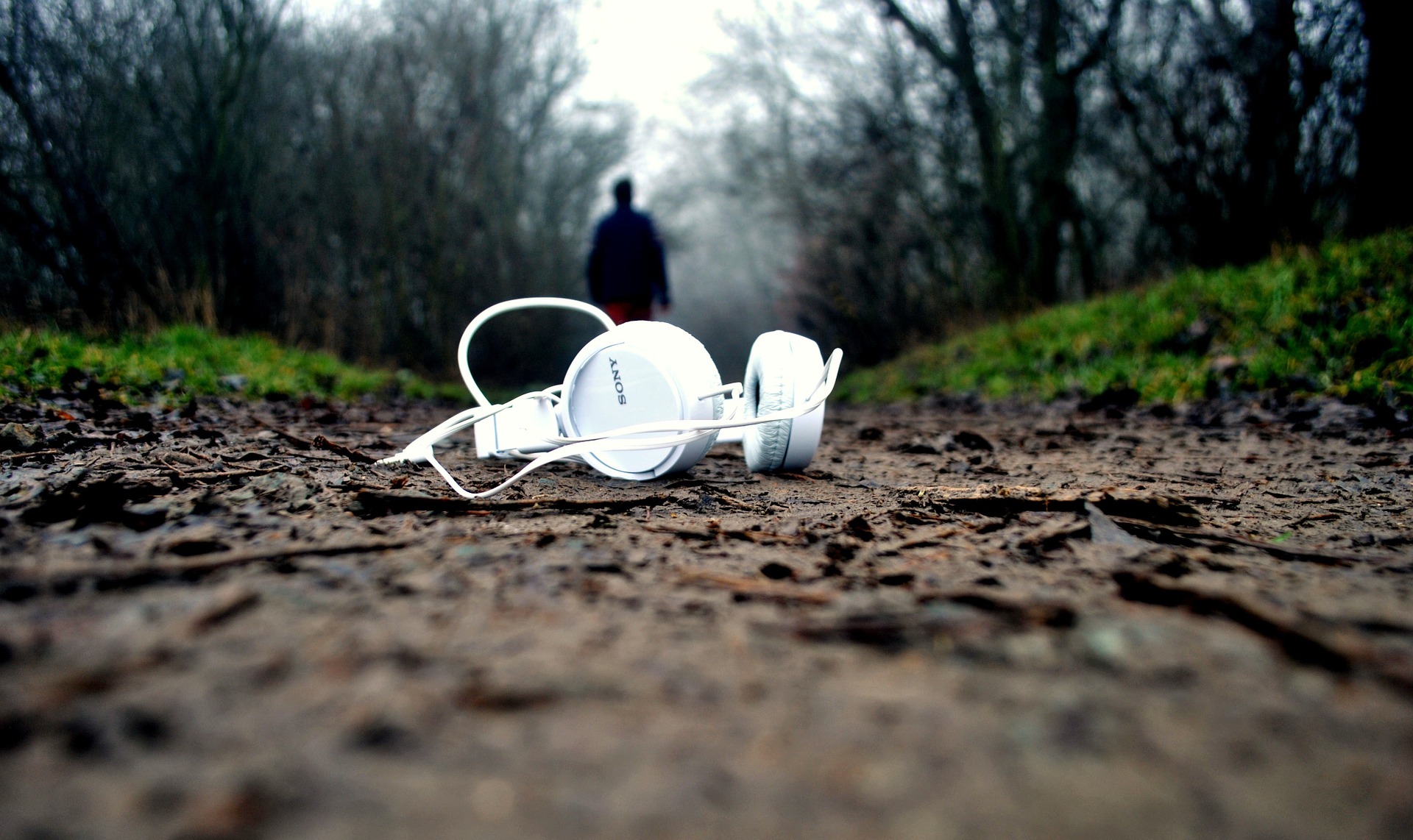

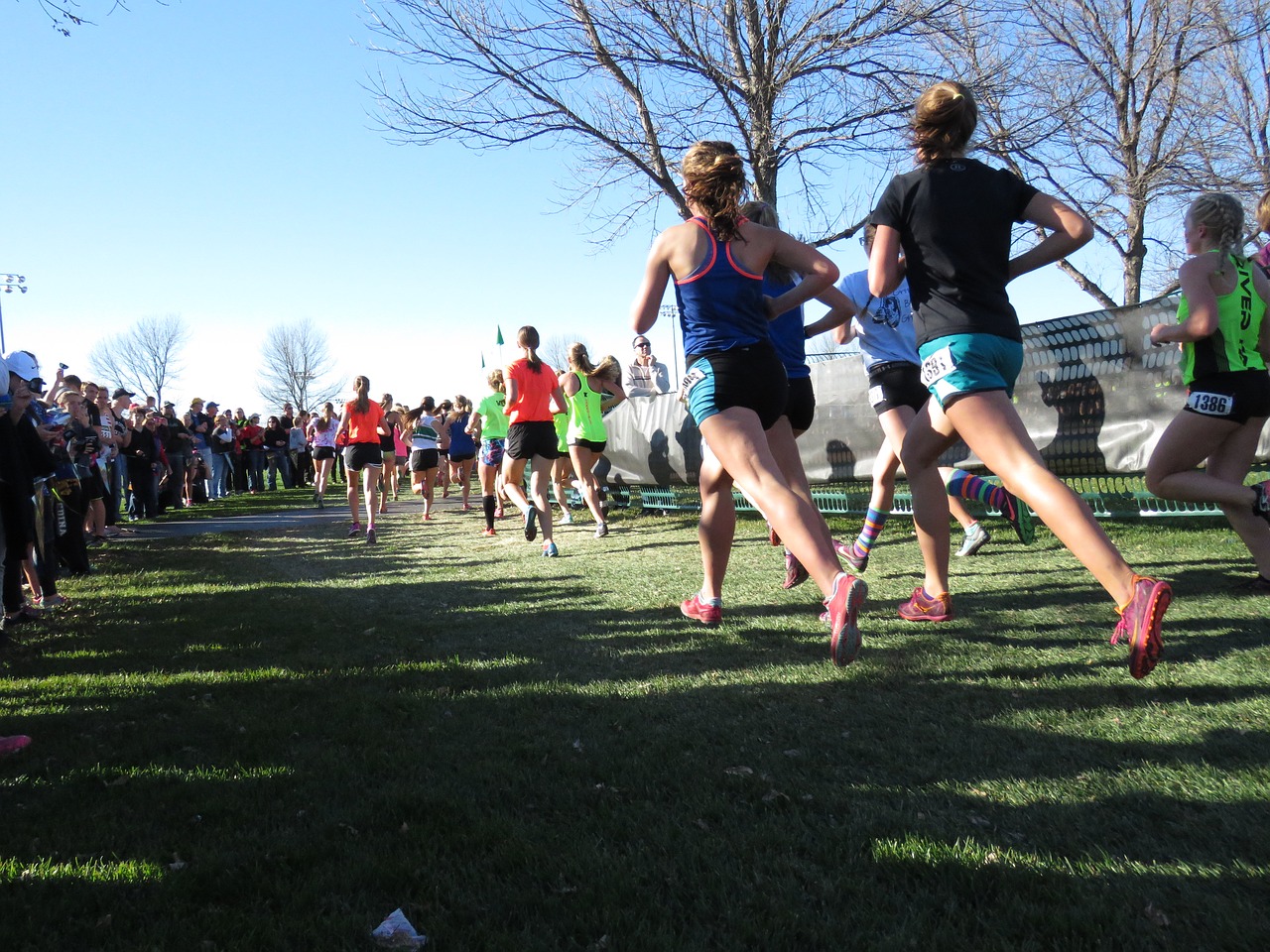
Great idea on pairing running drills with another activity/condition. I now include a 15 minute warmup and 15 minute cool down to every run, mostly because my coach has programmed it in. I’m so glad it’s there to give me time to get my body ready to run and do a few drills. High knees, butt kickers, and Carioca are my go-to drills. I also like the zombie leg one, which I’m sure is the official drill of Run Away From Zombies.
The other drill I use regularly is an exaggerated skip. Talk about feeling self-conscious. I always imagine it looking just as dumb as Mario jumping to crush a brick, but it works and longevity in running looks much less dumb then limping around like before.
Great article!
I think the two biggest difficulties concerning running drills are remembering to do them and getting over that self-consciousness.
I’ll try exaggerated skips tomorrow. Although I should probably look them up rather than just doing Mario’s hop leap through the yard.
Good point on the zombie leg drill. Maybe I should rewrite the article to explain why running drills will help you in the zombie apocalypse. “The Zombie Leg Drill will teach you how to mimic and blend in with a crowd of zombies…”
You look fresher than a $15 salad. Your vibrant energy and radiant appearance are truly remarkable. Like a gourmet salad bursting with crisp, colorful ingredients, you exude health, vitality, and zest for life. Your presence is refreshing and invigorating, brightening up any room you enter.